QuestionWe left our Husky (Lakota) out in the afternoon after work, when i went to the back door to let her in for the evening she got up, and couldnt use here left rear leg, it curled under when she stood, and she wouldnt put any weight on it, we contacted the local emergency vet and took her in. he examined her and took X-Rays of the lower leg, and came to the conclusion that it was some kind of nerve issue and gave an antibiotic and prednisone for poss. inflamation. Could it be a Disk or back problem that could also be causing this? and we contacted our normal vet and cant get in till july 30th. If in fact it could be a nerve issue should i be pushing to get here in quicker. If im rambling im sorry, i just feel so bad to see her hobbling around on 3 legs :(. Any help would be greatly appreciated. thanks in advance
AnswerHi Ken!
Immediate lameness Top
Immediate lameness is usually due to some form of traumatic injury. This can range from simple and usually obvious causes such as a cut, wound or foreign body (e.g. a splinter) occurring in the pad or pads of the foot or to more devious conditions such as ruptured ligaments, fractures or joint diseases or infections.
If a dog is licking its paws excessively and is lame, this could suggest a cut or foreign body affecting the pads or skin of the foot, but it can also suggest an infection called Interdigital Dermatitis that often occurs between the pads on a dog's paws. This dermatitis is, itself, sometimes caused by an injury or allergy that the dog has being licking excessively. The more it licks, the more it itches so the more it licks. This 'lick/itch' cycle establishes quickly and veterinary treatment is often necessary to resolve the problem though sometimes, bathing the wound in salt water and applying a soothing cream may help.
One common cause of immediate limping occurs when a dog ruptures its Cruciate Ligament in the knee joint. This is often seen in active, energetic dogs. The typical history is that the dog was racing around the garden playing with the owner, often chasing balls, when it suddenly slipped and was then lame.
The Cruciate ligaments cross through the middle of the knee joint and stabilise the joint. When ruptured, the tibia (the shank or shin bone) and the femur (the thigh bone) which meet at the knee joint, slip and slide over each other in a most unhappy fashion. The joint loses its strength and stability and the dog experiences pain and discomfort. The best cure for this condition is surgery to repair or replace the ligament.
Fractures are a common cause of lameness and usually follow some significant accident like being struck by a car. When fractures cause lameness, they can be almost anywhere in the leg or hip. They can range from mild (but painful) greenstick fractures where the bone is only cracked to major compound fractures where the bone is shattered into pieces, sometimes with fragments of bone poking out through the skin.
Some owners report an unusual form of lameness in their dogs. Characteristically, they will say their dog was suddenly very lame in one back leg, dragging the leg behind them with the leg stiff and straight. They will then say with wonder that suddenly the dog became normal again. Often they ask if the dog had a fit.
While fitting does sometimes causes this problem, dislocating kneecaps (luxating patella's) are a much more common reason. This can occur in any breed, but seems to be most common in small breeds such as Chihuahuas and Poodles. It is caused by the sideways movement of the kneecap. When the kneecap moves out of position, it acts like a wedge and tightens the ligaments around the knee so that the animal cannot bend its leg. Suddenly the kneecap slides back into position and the dog can walk normally again.
Another condition of small dogs, especially young ones, that will cause lameness is a condition known as Legg-Calve-Perthes Disease or Femoral Head Necrosis. This is often a condition these small dogs inherit from their parents. Due to a failure of the blood supply to the neck of the femur (the 'ball' part of the hip) the neck decays and a fracture occurs. Severe lameness then results.
Occasionally, lameness in the hind limbs has nothing to do with the legs at all. It is often caused by decay of the discs in the spine and the protrusion of those discs into the spinal cord (a slipped disc). This often occurs around the neck or in the spine in the middle of the back. By pressing on the spinal cord, the disc affects the transmission of signals down the nerves and if the nerve affected goes to the legs, lameness can occur.
When chatting about lameness, we should not forget ticks and their associated problems.
In a 'text book' tick paralysis case, the dogs initially develop a weakness in the hind limbs that can look like lameness. Usually this quickly progresses to the stage that the dog cannot bear weight on its hind limbs and is unable to walk. At the same time, paralysis of the front legs is usually developing, as well as a moist cough that sounds as if the dog is trying to vomit or choke.
Gradual lameness Top
When lameness occurs gradually, it is usually due to some progressive condition. The commonest condition by far that causes lameness in the hindquarters is arthritis in all its forms.
Arthritis is often an 'old age' condition and is caused by a number of changes in the structure and function of the bones, joints and ligaments. It can occur in almost any joint but is common in the hips, along the spine, and in the knee joints. A very common cause of arthritis is the condition Hip Dysplasia where there is a deformity of the ball and socket joint of the hip. Instead of the joint being a silky smooth "ball and socket", it is more like a "square peg in a round hole" that grinds and grinds away as the dog walks.
Arthritis can cause its effect through the formation of bony bridges and spikes in and around joints or the bony protrusions can push against nerves along the spine. Typically, a dog with arthritis will have trouble rising after lying down for a while and when first walking will be very stiff, slow and sore. Usually, they get better as they 'warm up' and the joint fluid starts to mobilise.
Thankfully, there are many new anti-arthritic medications on the market that give arthritic dogs a zest for life again.
One of the more serious conditions causing a gradual onset of lameness is tumour development. Tumours in the central nervous system and in the bones often cause lameness. The nastiest are bone tumours or osteosarcomas for which chemotherapy and usually amputation of the effected limb is needed.
Lameness and limping can certainly be serious problems for dogs and cats. If your animal is showing any of the signs above, see your veterinarian as soon as you can to prevent your pet experiencing unnecessary pain.
I hope this has been helpful and I wish you the best of luck!Please keep me posted and give Lakota millions of kisses for me!
Nicole

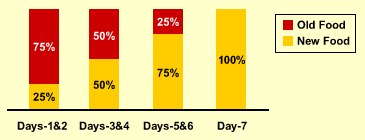 My puppy still wont eat regularly.
QuestionI have an 11 month old King Charles Cavalier (C
My puppy still wont eat regularly.
QuestionI have an 11 month old King Charles Cavalier (C
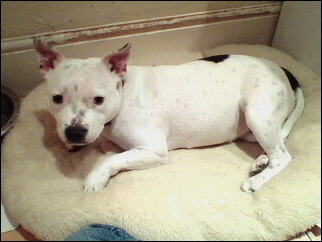 Location problems
Question
Carna
Hey,
This is kayleigh again replying to
Location problems
Question
Carna
Hey,
This is kayleigh again replying to
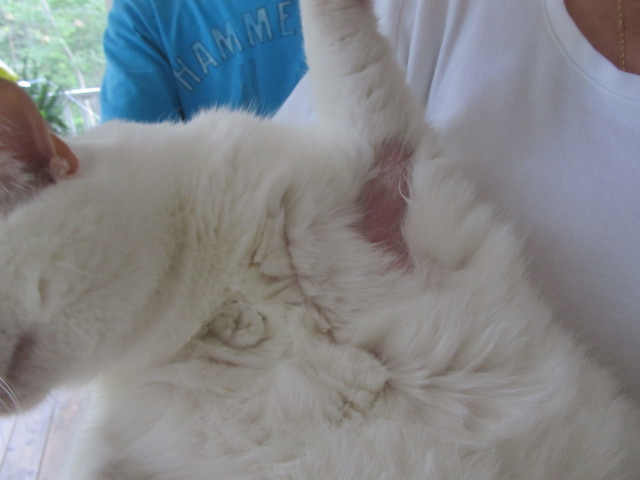 cat skin problem
Question
Clawdia
Hi, Thank you for answering my
cat skin problem
Question
Clawdia
Hi, Thank you for answering my
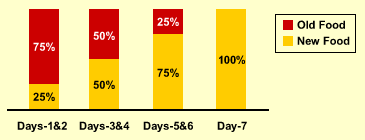 Dry food vs wet food vs raw food..help?!
QuestionHi Ms. Connell,
I have a 5 y-o, neutered, ind
Dry food vs wet food vs raw food..help?!
QuestionHi Ms. Connell,
I have a 5 y-o, neutered, ind
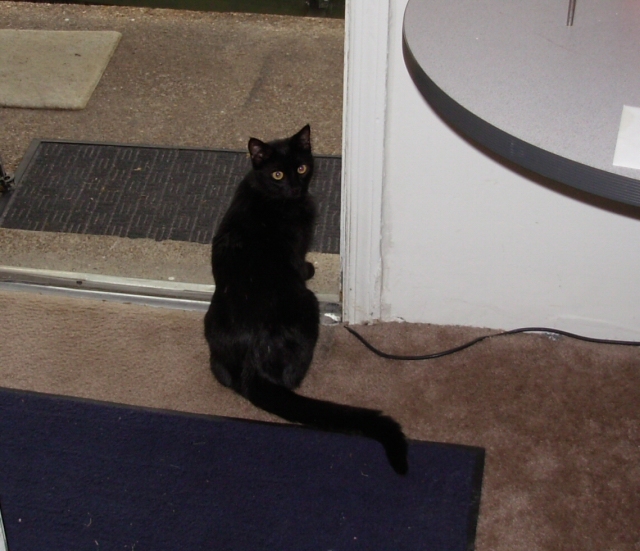 Excessive Consumption
Question
Tiny - About 12 months
Hello,
Background:
I h
Excessive Consumption
Question
Tiny - About 12 months
Hello,
Background:
I h